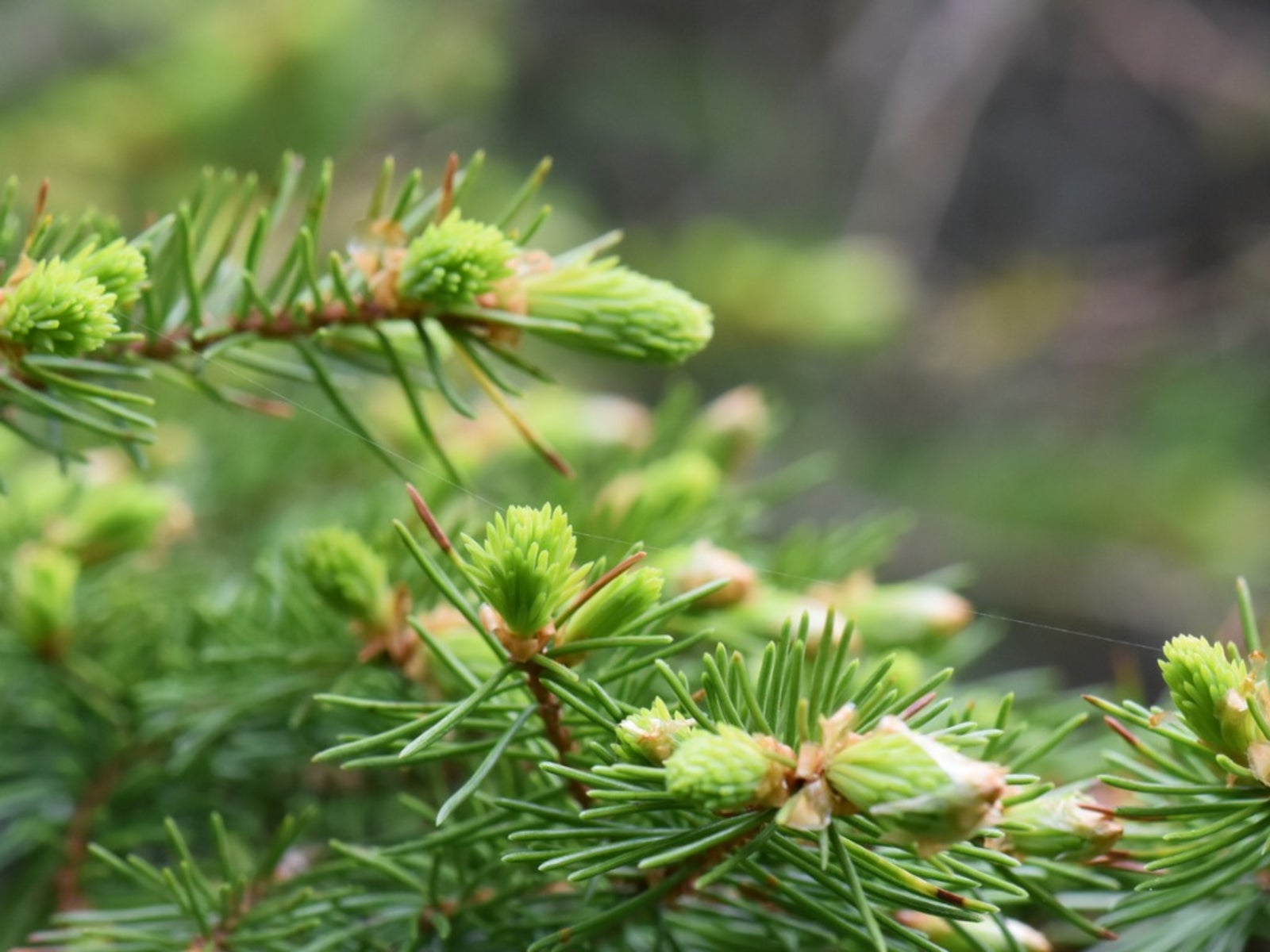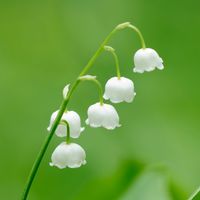Spruce Needle Rust Control – How To Treat Spruce Needle Rust


Yellow is not one of my favorite colors. As a gardener, I should love it – after all, it is the color of the sun. However, on the dark side of gardening, it signifies trouble when a beloved plant is turning shades of yellow and struggling to survive. It is often difficult to course correct this issue once it starts and it now can go one of two ways. The plant lives on with a little or perhaps no course correcting, or it dies regardless of our best efforts. I was at this crossroads recently with the spruce trees in my wood lot. The needles on the ends of the branches were turning yellow, with the bottom branches most severely affected. I agonized over what it could be and what to do about it. I concluded that these were spruce needle rust symptoms. What is spruce needle rust, you ask? Well, let’s read on to learn more and discover how to treat spruce needle rust.
Identifying Spruce Needle Rust
So, how do you go about identifying spruce needle rust? Forgive the visual, but from a distance, a tree afflicted with spruce needle rust reminds me of a person with frosted hair tips. This image of Guy Fieri from Food Network pops in my head or even Mark McGrath when Sugar Ray was in its heyday in the 90’s. But you probably need more descriptive spruce needle rust symptoms than that in order to make a positive identification. What is spruce needle rust? There are two fungi responsible for spruce needle rust: Chrysomyxa weirii and Chrysomyxa ledicola. While both of these fungi foster spruce needle rust symptoms in trees, they do so in slightly different ways. Most spruce species are susceptible to the disease but it is most prominent in white, black, and blue spruce. Chrysomyxa weirii: The spruce needle rust caused by this fungus is also known as Weir’s Cushion. The rust caused by Chrysomyxa weirii is referred to as “autoecious.” What this means is that the life cycle of the needle rust is completed without an additional host. So, it starts with spruce and ends with spruce, there is no intermediary host. One year old needles display pale yellow spots or bands in late winter or early spring, which intensify in color and later develop waxy looking yellow-orange blisters swelling with rust-colored spores. These blisters eventually rupture and release the spores, which infect the newly emerging growth, which in turn, will exhibit spruce needle rust symptoms the following year. The one year old diseased needles will drop from the tree prematurely shortly after releasing the spores. Chrysomyxa ledicola/Chrysomyxa ledi: The spruce needle rust wrought by these fungi is “heteroecious” in nature. This means that its life cycle is dependent on more than one host. You may wonder why you are being schooled on the life cycle of a fungi. The answer is: It’s very important for effective disease management. The alternate hosts for the rust produced by Chrysomyxa ledicola are Labrador tea (Ledum groenlandicum) and leatherleaf (Chamaedaphne calyculata). The fungus overwinters on Labrador tea and leatherleaf and spores are produced and released from these alternate hosts in early summer. The spores travel by wind and come in contact with spruce trees, infecting the current year’s needles. In July and August, the current year needles turn yellow and develop whitish waxy blisters filled with yellow-orange spores. The spores released from these pustules travel by wind and rain to, you guessed it, the alternate hosts, where the spores germinate and infect the evergreen leaves they overwinter on. The diseased spruce tree needles drop from the tree in late summer or fall.
Spruce Needle Rust Control
How to treat spruce needle rust is probably first and foremost on your mind if you’ve ever been confronted with it. Even though spruce needle rust is caused by fungi, a fungicide treatment is not recommended for spruce needle rust control. Why you ask; because once the tree displays symptoms, it’s already too late. The needles are already infected and can’t be cured. If you’re thinking about annual fungicide sprays in order to be pro-active against spruce needle rust, I would advise against that as well because spruce needle rust infections are hard to predict and don’t happen every year. It may linger for a year or two but is not known to excessively overstay its welcome. Spruce needle rust also does not kill trees; the damage is primarily cosmetic. It also does not prevent the formation of healthy buds on the ends of branches nor the production of new needles the next year. If you identify your rust as being caused by Chrysomyxa ledicola, you could remove any Labrador tea and leatherleaf plants (the alternate hosts) that are found within 1,000 feet (304 m.) of your spruce trees in order to stem the spread.
Sign up for the Gardening Know How newsletter today and receive a free copy of our e-book "How to Grow Delicious Tomatoes".

Shelley Pierce was a writer for Gardening Know How, contributing to hundreds of articles for the site.